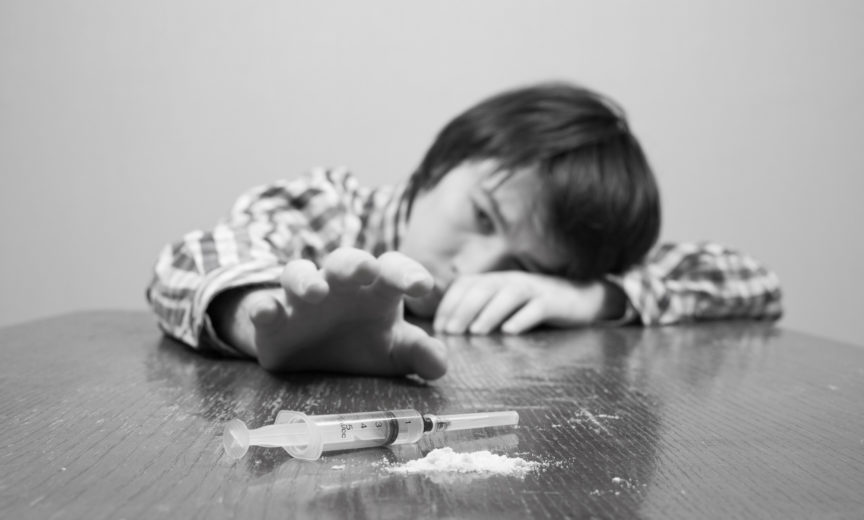Are you planning to quit opiates and wondering what to expect?
Or maybe you’ve managed a few days clean and want to know what happens next?
It’s a sad fact that 40 to 60% of people who’ve been treated for addiction relapse within a year, but being fully informed and properly prepared will increase your chance of success.
When you’re feeling awful in the early days of recovery, knowing that there’s a light at the end of the tunnel could be what stops you from relapsing.
Having a timeline to follow also helps you to watch out for potential triggers at each stage of your journey.
Set yourself up for success by reading the detailed opiate withdrawal timeline below.
Days 1 – 3
Days one to three are usually the worst in terms of physical withdrawal symptoms – and these will be intensified if you’re stopping cold turkey, rather than tapering down.
The safest option in these early days is to get advice from a medical professional. They might recommend a short taper or the use of maintenance drugs.
The symptoms you can expect to experience after quitting include:
- Nausea and vomiting
- Diarrhea
- Anxiety
- Depression
- Restless legs
- Insomnia
- Sweating or fever
- Abdominal pain
- Muscle aches
- Runny nose and watery eyes
- Mood swings and irritability
As a general rule, you can expect to feel like you’re suffering from a nasty virus or stomach flu.
Symptoms will generally increase in intensity until day three, and then gradually start to improve. If you’re struggling with cravings on day two or three, it can help to remember that you’re very close to feeling better.
You can take care of yourself in the early days of recovery by eating small, healthy meals, staying hydrated, getting plenty of rest, and starting to exercise gently once you feel able.
Be wary of any magical ‘opiate withdrawal remedies’. There’s no quick fix for opioid withdrawal.
However, if you’re struggling to manage symptoms yourself at home, don’t hesitate to seek medical advice. You may benefit from supervised opiate withdrawal treatment, particularly if you were using a high dose of opiates or have other health conditions.
As far as physical symptoms go, the early days of recovery are the worst. Make it through this crucial time and you’ll have a strong foundation to build upon.
Days 3 – 7
Around day three, you should notice your physical symptoms starting to subside.
You may struggle with lingering stomach issues, trouble sleeping, or aching muscles, but severe symptoms like vomiting and diarrhea should end.
However, a reduction in physical symptoms doesn’t always mean that staying sober will be easier. As you start to feel better, you might notice that cravings start to sneak in.
You may experience mental health issues like:
- Anxiety
- Depression
- Restlessness
- Mood swings
- Anhedonia (difficulty feeling pleasure)
- Insomnia
- Fatigue
It can be tempting to try and fix these issues with drugs, which is why it’s really important to start learning new, healthy coping mechanisms.
Making a list of the issues you’re experiencing and finding new ways to deal with them is a smart move. For example, if you’re struggling to sleep, you could try meditation. If you’re irritable, you could hit the gym.
Seeking support is a smart move during this first week, so consider joining a 12-step group, like NA, or arranging to see an addiction counselor. This will help you to deal with ongoing cravings.
It’s important to recognize that the struggle isn’t over the minute your physical symptoms stop.
Now is the time to lay the framework for the rest of your recovery.
Days 7 – 14
In the second week of recovery, you should be feeling much better physically. Any lingering symptoms should subside if you continue eating well, resting, and exercising.
However, there’s a high chance you’ll still be troubled by mental health issues.
You might start thinking about your addiction and the problems it has caused you, which could lead to feelings of hopelessness. It’s important to seek support and set goals to get your life back on track, or you might be tempted to give up.
Many recovering addicts struggle to find pleasure in everyday things in the first few weeks after quitting. Making plans and trying new things is a great way to combat this.
You could pick up a hobby, like reading, knitting, dancing, or painting – or join a local evening class to learn a new skill.
Studies have shown that regular exercise can reduce the risk of drug abuse – and it’s also a great way to stay healthy and happy. Try going for a jog, attending a yoga class, or joining a sports club.
If you experience persistent mental or physical symptoms during this time, it’s wise to seek advice from a medical professional. You may be suffering from underlying issues which were masked by your opiate use.
Day 30 Onwards
From day 30 onwards, you should be out of the woods as far as physical symptoms go, although some mild issues like fatigue and muscle aches may remain.
You might still be suffering from mental health issues, and you’re still at risk of relapse if you don’t stay vigilant.
Research has shown that environmental cues can be a huge factor in triggering a relapse. These could include people, places, and routines which you would typically associate with drug use.
From day 30 onwards, you should look at changing your routines to ensure that you’re able to stay sober. This could mean cutting contact with drug-using friends or staying away from places you associate with drugs.
By avoiding triggers wherever possible, you’re setting yourself up for success.
Why Use An Opiate Withdrawal Timeline?
Looking at an opiate withdrawal timeline is a great reminder that the early days of recovery won’t last forever.
It helps you to prepare for the worst and gives you hope for the future.
It also allows you to identify any symptoms which seem to be lasting longer than expected, signaling that it’s time to get medical advice.
If you’d like more expert advice on quitting opiates, visit our website today.

